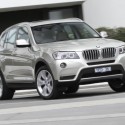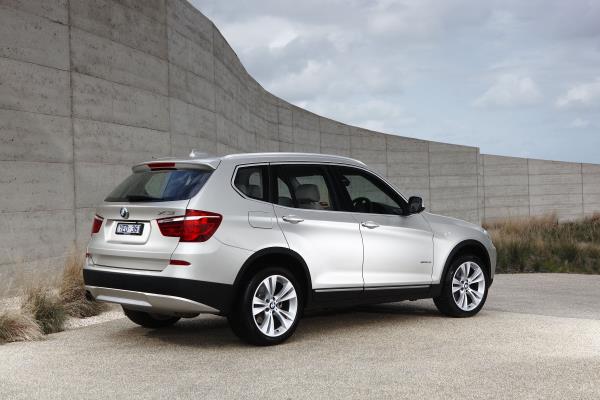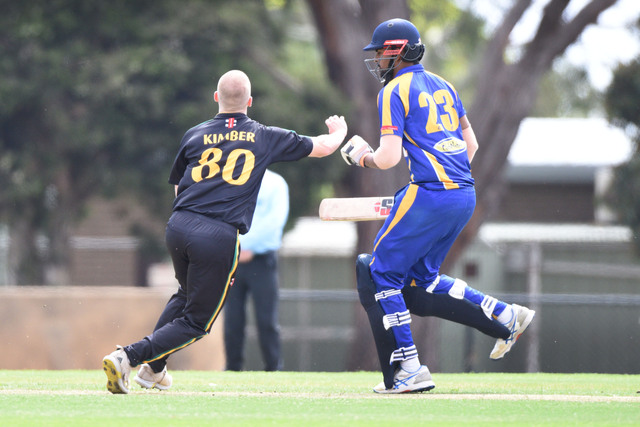By PETER ANDERSON
BMW’s second-generation X3 has firmly cemented itself in BMW’s expansive range.
The first attempt at a mid-sizer was a bit of a dud to look at and not particularly brilliant to drive.
The second cleared up both of those problems, and got a bit bigger into the bargain.
The diesel X3s are cracking cars – smooth, fast and quiet.
There’s a bit of a secret in the range that some might skip over – the 28i.
It’s a big car for a 2.0-litre four and it doesn’t look particularly promising until you see the power figures.
We spent a week exploring the promise.
The X3 range starts at $60,675 for the 20i petrol, rising to $64,400 for the 20d 2.0-litre diesel and on to the $77,400 30d. In Australia, all X3s are xDrive – BMW-speak for all-wheel drive.
Our 28i test car in its base form weighed in at $72,930.
Standard is dual-zone climate-control, leather interior, an up-spec HiFi sound system, sat-nav, cameras with 360-degree view, BMW’s complicated cargo system, electric front seats, front and rear parking sensors, cruise control, bi-xenon headlights with washers, auto-wipers and headlights, hill descent control and heated electric folding mirrors.
Also fitted to our car was metallic paint ($1900), panorama glass sunroof ($3000), driving assistant ($900), adaptive LED headlights with high beam assist ($3680), head-up display ($2000), ConnectedDrive Freedom ($1200).
The M Sport package ($2900) adds 19-inch wheels, sports suspension, M steering wheel and other bits and pieces, variable steering, and an aero package.
It’s a pity two of the best options – the LED headlights and the HUD – are so pricey because they’re both extremely useful.
In M Sport package trim with the big 19-inch wheels, the X3 looks the business.
It is very SUV-like, with a bluff front end, slabby but-creased sides and an X5-alike rear-end. Like the current X5, it’s striking rather than pretty, but well-proportioned without looking too high.
Muscular was a word used often in its presence, partly because of its lower stance and aero pack.
The interior is huge, with room for five adults who will leave happy.
There’s plenty of headroom for front and rear passengers and if you want to give them the almost-convertible feel, the huge optional panoramic sunroof allows in a ton of light.
The cover is also a proper one, rather than the half-hearted perforated covers of some sunroofs that don’t provide enough shade in brilliant Aussie sunlight.
The driver has a fantastic view out from the high-set seat, with plenty of adjustment from both the steering wheel and perch.
The big central screen and big instrument pod are all easy on the eye and simple to use.
Six airbags, ABS, brake assist, brake force distribution, stability and traction controls, rollover sensor all add up to five ANCAP stars.
BMW’s iDrive controls the music that can be taken from the onboard hard drive or your phone via Bluetooth or USB.
The central screen can be split 70/30 to show (for instance) navigation and music at the same time.
Just the thing to increase driver distraction.
The entertainment system has plenty of power from its nine speakers, through which you can also play music from phone-based apps with ConnectedDrive.
This optional feature also adds things like telematics and apps like weather and traffic information.
BMW X3 28i is powered by a turbocharged four-cylinder displacing a mere 1997cc.
It kicks out an impressive 180 kW and 350 Nm.
Despite its obvious heft, the eight-speed ZF (so, so good) motors the big boy to 100 km/h in just 6.7 seconds.
There’s a claimed fuel consumption of 7.5 litres per 100km on the combined cycle.
Our first few days with it saw an alarmingly high fuel figure which had us scratching our heads.
We refilled and the consumption suddenly dived, leading us to believe the Beemer had a gullet full of bad fuel. Had we done a few more miles, we fully expected the real world figure to be between 10 and 11 L/100km, good going when the driver is ripping off hot hatches at the lights.
For a big, 1740 kg, SUV the X3 is surprisingly agile. The all-wheel drive is very road-biased and in Sport and Sport+ mode is a lot of fun, more fun than it probably should be.
The sports suspension isn’t particularly hard, with a good level of compliance and it still allows a bit of body roll. It’s never less than completely composed unless you’re fond of slaloming at high-speed, but even then there’s plenty of grip if with a bit of entirely expected understeer.
It’s a good cruiser although there’s a bit of whistle around the front mirrors, something we’ve not noticed in other X3s, so that may have just been another aberration.
The surprise is the power available from the 2.0-litre turbo-petrol – 180 kW and 350 Nm plugged into the road via an eight-speed transmission and all-wheel drive means impressive acceleration – we left behind some surprised hot hatch drivers and some sporty coupe owners. Always good fun!
You have to keep it revving though as the power and torque don’t hit really hit till around the 5000 rpm mark, so luckily the engine is perfectly happy to rev straight to the redline.
It certainly doesn’t have the torquey shove of either of the diesels, but it never seems to be straining to haul the X3 along.
Given its size, it’s hard to see why you’d need an X5 unless you’re after the brilliant 50d or V8.
There’s tons of room, it’s bigger (but yes, more expensive) than an Audi Q5 and has a lot of road presence.
On top of that, it’s a decent amount of fun, even five-up with a boot full of gear.
LIKES: Strong drivetrain, huge interior space, good equipment levels
DISLIKES: Most useful options expensive, huge sunroof means lots of heat, iffy rear visibility
Model range
xDrive 20i 2.0-litre turbo-petrol five-door wagon: $60,765 (automatic)
xDrive 28i 2.0-litre turbo-petrol five-door wagon: $72,930 (automatic)
xDrive 20d 2.0-litre turbo-diesel five-door wagon: $64,400 (automatic)
xDrive 30d 3.0-litre turbo-diesel five-door wagon: $77,400 (automatic)










